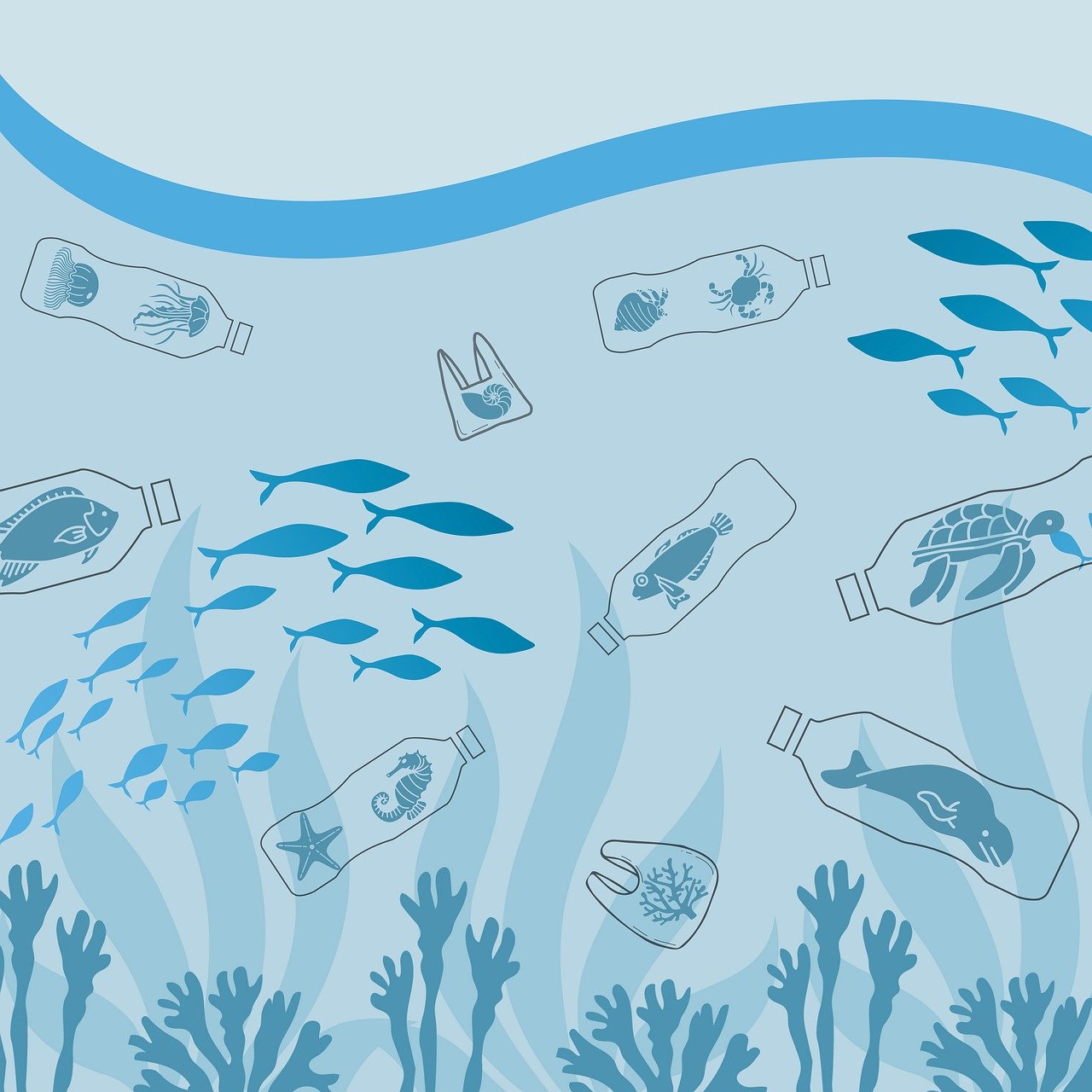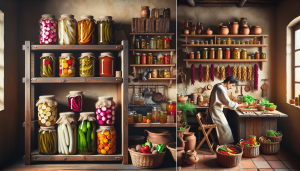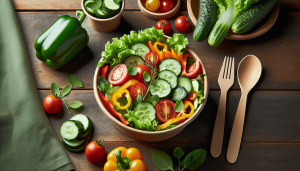How often do we walk out of the supermarket, our bags filled with unnecessary plastic wrappers, cardboard boxes, and other packaging materials? This question may have crossed our minds as we become more aware of the environmental impact of our shopping habits. Reducing packaging waste is not only a thoughtful move for our planet but also can be a smart way to streamline our lives and focus on the essentials. Let’s delve into actionable strategies to minimize packaging waste when shopping for food.
Understanding Packaging Waste
Packaging waste forms a significant portion of total household waste and poses severe environmental challenges. By understanding the types and roles of packaging, we can begin to make more informed decisions about reducing waste.
Types of Food Packaging
Food packaging comes in various forms, each with its specific uses and waste considerations. Common types include:
- Plastic: Commonly used for sealing perishable items, snacks, and drinks.
- Paper/Cardboard: Used for dry goods, frozen foods, and take-out packaging.
- Metal: Often found in canned goods and beverage containers.
- Glass: Used for beverages, sauces, and some preserved foods.
Role of Food Packaging
Packaging serves multiple purposes, such as protecting food during transportation, extending shelf life, providing information, and ensuring safety. However, not all packaging is essential, and some can be replaced by more sustainable alternatives.
Adopting a Zero-Waste Mindset
Adopting a zero-waste mindset can significantly influence our shopping habits and reduce unnecessary packaging. Thinking ahead, planning our purchases, and opting for reusable alternatives are all steps in the right direction.
Planning Ahead
Before heading to the store, making a meticulous shopping list can prevent impulse buys that often come wrapped in excessive packaging. Avoiding over-purchasing not only saves money but also reduces waste from spoiled food and packaging.
Opting for Reusable Alternatives
Bringing our own bags, containers, and produce bags helps minimize the need for disposable packaging. By investing in durable containers and bags, we are creating long-term solutions to reduce waste.

Shopping Strategies for Reducing Packaging Waste
The choices we make while shopping can directly impact our packaging waste. Here are several strategies to consider:
Buying in Bulk
Purchasing items in bulk can significantly cut down on packaging waste. Bulk bins allow us to buy the precise amount we need, thus avoiding excess wrapping and reducing product waste.
| Food Items Suitable for Bulk Buying | Example Products |
|---|---|
| Grains and Cereals | Rice, oats, quinoa, pasta |
| Nuts and Seeds | Almonds, sunflower seeds, chia seeds |
| Dried Fruits | Raisins, cranberries, apricots |
| Spices and Herbs | Pepper, cumin, oregano, bay leaves |
| Baking Ingredients | Flour, sugar, baking soda, various dry mixes |
Choosing Packaging-Free or Minimal Packaging Options
Whenever possible, choose items that come without additional packaging or those packaged in minimal, sustainable materials. Farmers’ markets and zero-waste stores often offer these options.
Favoring Recyclable Packaging
If packaging is unavoidable, look for items packaged in materials that are easily recyclable. Glass, certain plastics, and paper often fall into this category but always check local recycling guidelines.
Cooking from Scratch
Cooking meals from scratch reduces reliance on pre-packaged food, thus minimizing packaging waste. Preparing our meals allows us to use fresh ingredients and avoid unnecessary packaging.
Homemade Foods
Some homemade alternatives that eliminate packaging waste are:
- Breads and Baked Goods: Avoid the plastic wrap and ties.
- Sauces and Condiments: Reuse glass jars for storage.
- Snacks and Desserts: Minimize the use of single-serve packaging.
By making these items at home, we also gain control over the ingredients and can tailor them to our taste preferences.
Meal Prepping
Meal prepping at the beginning of the week can also help reduce food waste and ensure that we’re using fresh ingredients effectively. This conscious effort streamlines our cooking process and reduces reliance on packaged food.

Supporting Sustainable Brands
Our consumer choices can drive change in the market. By supporting brands that prioritize sustainable packaging, we encourage more companies to follow suit.
Recognizing Sustainable Practices
Sustainable brands often use minimal or eco-friendly packaging and focus on reducing their overall environmental impact. We can identify such brands through certifications and labels, such as:
- Fair Trade: Ensures fair labor practices and sustainably sourced materials.
- Organic: Often uses less harmful agricultural practices and minimal packaging.
- B Corp: Meets high standards of social and environmental performance.
Encouraging Change
Engage with brands through social media or customer feedback. Letting companies know that we value sustainable packaging can influence their practices. Our choices and voices matter significantly.
Educating Ourselves on Recycling
Recycling is a crucial component of reducing packaging waste, but it needs to be done correctly. Many materials require specific handling to be recycled properly.
Identifying Recyclable Materials
Educate ourselves on what materials are recyclable in our community. Often, materials like glass, paper, certain plastics, and metals are recyclable, but always check the local guidelines.
Proper Sorting Techniques
Properly sorting our recyclables ensures that they can be effectively processed. Mixed materials or contaminated recyclables often end up in landfills. Here are some tips:
- Clean Containers: Rinse out food residue before recycling.
- Separate Materials: Break down composite packaging into its recyclable components.
- Flatten Cardboard: Save space and improve processing efficiency.

Conclusion
Reducing packaging waste when shopping for food involves a combination of awareness, planning, and conscious consumer choices. By understanding the types and roles of food packaging, adopting a zero-waste mindset, and implementing practical shopping strategies, we can significantly reduce our environmental footprint. Cooking from scratch and supporting sustainable brands further reinforce our commitment to a more sustainable lifestyle. Lastly, proper recycling practices ensure that the materials we do use are handled responsibly. Together, we can make a significant impact on reducing packaging waste and promoting a healthier planet.



